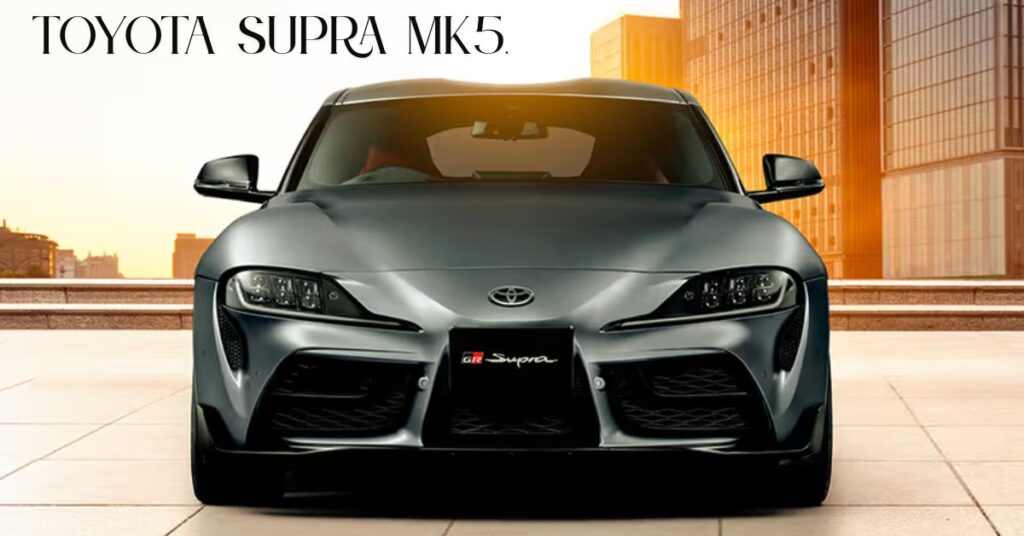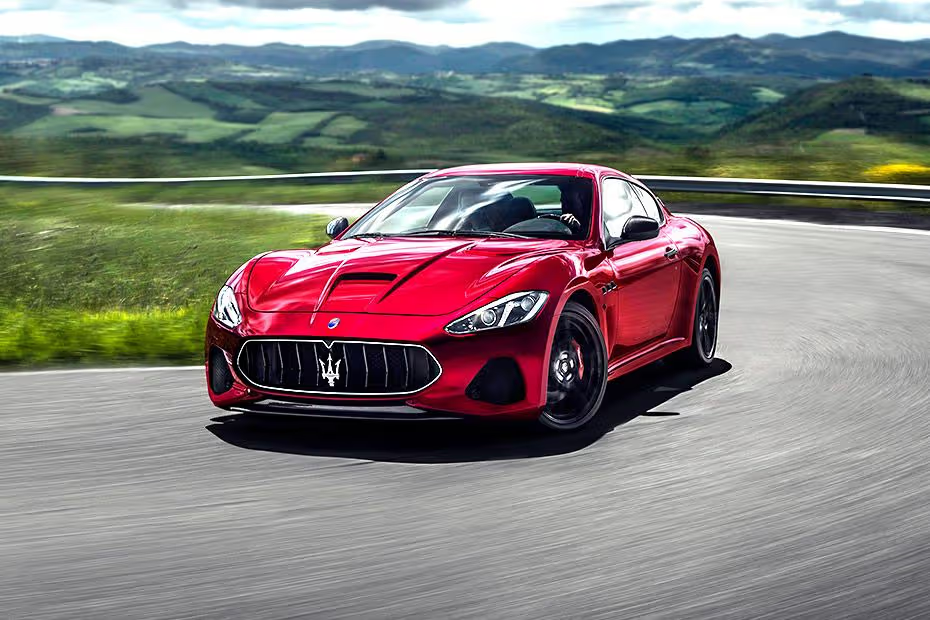If you’ve ever dreamed of sliding into a sports car that looks like it was sculpted by the gods of speed, the Porsche 911 is probably what popped into your head. This legendary machine isn’t just a car—it’s a rolling piece of automotive history that’s been turning heads, breaking records, and stealing hearts since the 1960s. Whether you’re a die-hard gearhead or just someone who appreciates engineering genius wrapped in sleek curves, this guide dives deep into everything you need to know about the Porsche 911. From its humble beginnings to the latest turbocharged beasts, we’ll break it down in simple terms, no PhD in mechanics required.
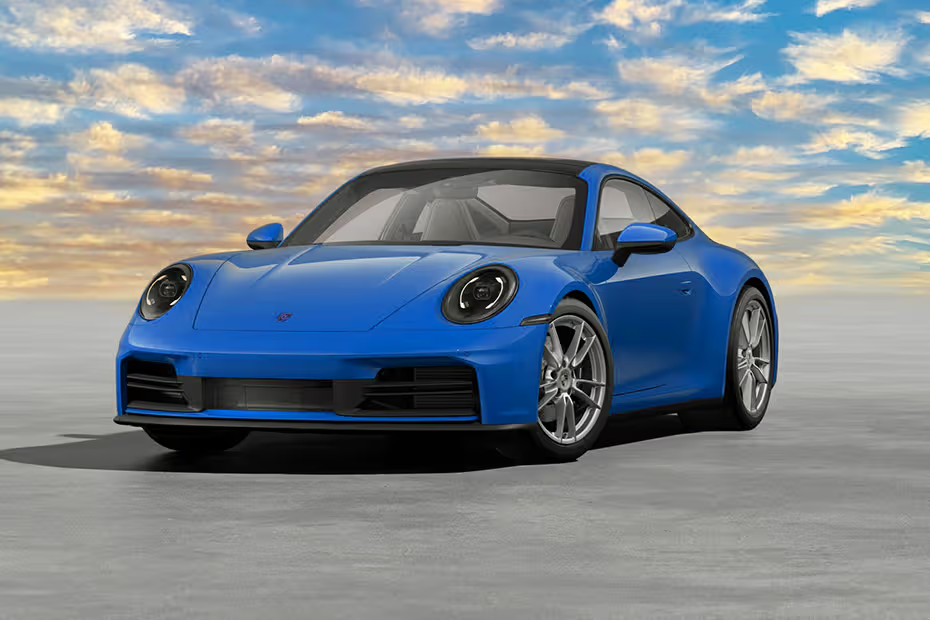
In this Porsche 911 guide, we’ll explore its fascinating history, standout design features, model evolution (with handy comparison tables), real-world performance, and tips for owning one. By the end, you’ll understand why the 911 isn’t going anywhere—it’s more relevant today than ever. Ready to rev your engines? Let’s go.
The Origins of the Porsche 911: A Rebel Born in the ’60s
The story of the Porsche 911 starts in post-World War II Germany, where Ferdinand “Butzi” Porsche—the son of the company’s founder—sketched out a vision for a sports car that would redefine luxury performance. Unveiled at the 1963 Frankfurt Motor Show as the “Porsche 901,” it was quickly renamed the 911 after Peugeot claimed trademark rights on three-digit names ending in “1.”
What made this car revolutionary? Unlike most sports cars of the era with engines up front, the 911 put its flat-six (or “boxer”) engine behind the rear axle. This rear-engine, rear-wheel-drive setup gave it a unique balance—planted like a go-kart but with the agility of a dancer. Early models, like the 1964 911, packed just 130 horsepower from a 2.0-liter air-cooled engine, hitting 0-60 mph in about 8 seconds. Sounds modest today, but back then? It was a rocket.
The 911 faced teething issues, like tricky handling from that rear weight bias (hello, oversteer!). But Porsche engineers tweaked it relentlessly, adding wider tires and better suspension. By the 1970s, icons like the 911 Carrera RS 2.7 (1973) emerged, with a lightweight fiberglass body and 210 hp that made it a rally beast and collector’s dream. Fun fact: Steve McQueen drove a similar model in the iconic Le Mans (1971) film, cementing the 911’s cool factor.
Today, vintage Porsche 911s from the air-cooled era (1963–1998) fetch six figures at auctions. They’re not just relics; they’re pure, raw driving machines that remind us why Porsche became synonymous with precision.
Timeless Design: Why the Porsche 911 Still Looks Futuristic
One glance at a Porsche 911, and you know it’s special. Its silhouette hasn’t changed much in 60 years—that’s the genius of Ferry Porsche’s original blueprint. The low-slung body, rounded headlights, and sloping roofline scream “aerodynamic predator.” But under the skin? It’s evolved smarter, not bigger.
Key design hallmarks:
- Frog-Eye Headlights: Those pop-up units on classics gave way to fixed LEDs on modern ones, but the wide-eyed stare remains.
- Rear-Engine Layout: Keeps the cabin compact and the weight low for that signature “flat” feel.
- Iconic Rear Wing: Optional on base models, standard on GT variants—it’s functional, channeling air for downforce.
Porsche’s designers prioritize function over flash. Take the 992 generation (2019–present): It’s 45 mm longer than the original but feels more planted thanks to active aerodynamics, like flaps that deploy at speed to hug the road.
In simple terms, the 911’s design is like a Swiss Army knife—elegant, versatile, and built to last. No wonder it’s influenced everything from the Mazda MX-5 to hypercars like the McLaren 720S.
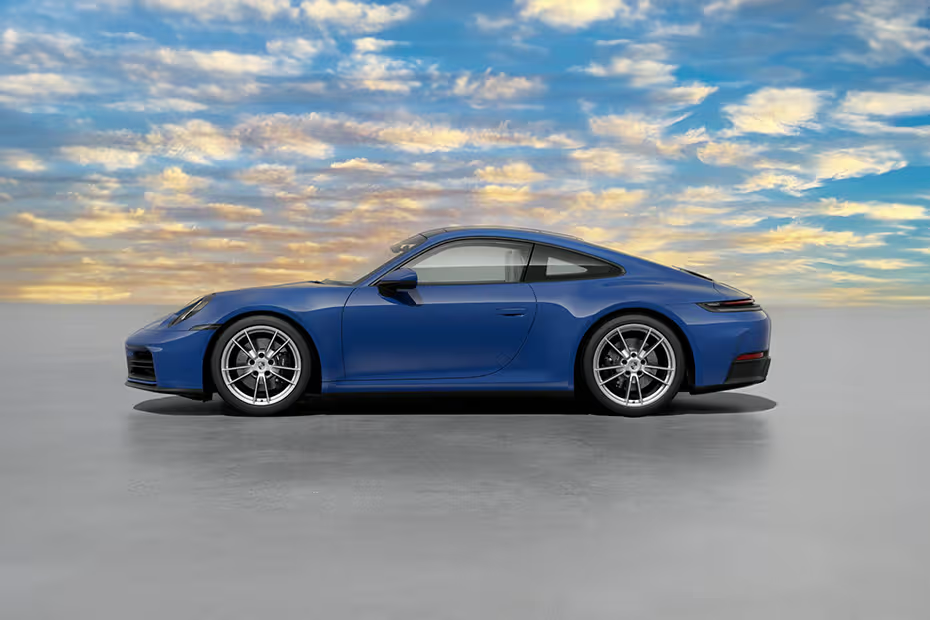
The Evolution of Porsche 911 Models: From Classic to Cutting-Edge
The Porsche 911 has seven generations (nicknamed 901, 930, 964, 993, 996, 997, and 992), each building on the last. Air-cooled until 1998, then water-cooled for better efficiency and power. Here’s a quick Porsche 911 generations breakdown in a table for easy comparison:
| Generation | Years | Key Engine | Horsepower Range | 0-60 mph | Standout Feature | Price (New, Approx.) |
|---|---|---|---|---|---|---|
| 901 (Original) | 1964–1968 | 2.0L Air-Cooled Flat-6 | 130–170 hp | 7–9 sec | Debut rear-engine design | $6,500 (1964) |
| 930 (Turbo Era) | 1975–1989 | 3.0–3.3L Turbo Flat-6 | 260–330 hp | 4.5–5.5 sec | First turbo production car | $25,000+ (1975) |
| 964 | 1989–1994 | 3.3–3.6L Air-Cooled Flat-6 | 247–381 hp (RS) | 5–6 sec | All-wheel drive option (Carrera 4) | $60,000–$140,000 |
| 993 (Last Air-Cooled) | 1994–1998 | 3.6L Air-Cooled Flat-6 | 272–408 hp (Turbo) | 4.5–5.5 sec | Hydropneumatic suspension | $65,000–$130,000 |
| 996 (Water-Cooled Shift) | 1998–2004 | 3.4–3.6L Water-Cooled Flat-6 | 300–345 hp | 4.8–5.5 sec | Fried-egg headlights (controversial) | $70,000–$110,000 |
| 997 | 2005–2012 | 3.6–3.8L Water-Cooled Flat-6 | 325–530 hp (GT2 RS) | 3.5–4.5 sec | Return to classic round headlights | $75,000–$200,000+ |
| 992 (Current) | 2019–Present | 3.0–4.0L Turbo Flat-6 | 379–640 hp (GT2 RS) | 2.7–4.0 sec | Hybrid tech incoming (GTS) | $115,000–$300,000+ |
Note: Prices adjusted for inflation where possible; modern used values vary wildly based on condition.
From the whale-tail 930 Turbo (feared for its “widowmaker” turbo lag) to the track-focused 993 GT2, each era added layers. The 997 GT3 RS (2007) is a fan favorite—naturally aspirated fury with 415 hp and a 9,000-rpm redline. Fast-forward to the 992 GT3 Touring (2022): 502 hp, optional manual gearbox, and a top speed of 198 mph. It’s the purest driver’s car, lapping the Nürburgring in 6:56 minutes—faster than many supercars.
Porsche keeps innovating: The 2025 911 GTS introduces a hybrid system, blending electric boost with the flat-six for 532 hp without killing the soul.
Performance That Punches Above Its Weight: What Makes the 911 So Addictive?
Power numbers are great, but the Porsche 911’s performance is about feel. That flat-six sings a high-pitched wail like no other engine, building revs with surgical precision. Rear-wheel drive means playful slides on twisty roads, while all-wheel-drive models (like the Carrera 4) add grip for rain-soaked commutes.
Real-world stats from the 2024 Porsche 911 Carrera S:
- Engine: 3.0L twin-turbo flat-six
- Power: 443 hp
- Torque: 390 lb-ft
- 0-60 mph: 3.5 seconds (PDK auto) or 3.7 (manual)
- Top Speed: 191 mph
- Fuel Economy: 19/26 mpg (city/highway)—surprisingly efficient for a beast
On the track, it’s a scalpel. The 911 Turbo S (640 hp) hits 0-60 in 2.6 seconds and corners like it’s glued down, thanks to rear-axle steering and torque vectoring. But it’s the everyday magic: Comfy seats, Apple CarPlay, and adaptive cruise make it a grand tourer too.
Owners rave about the “Porsche pyramid”—three pedals, short gears, and feedback through the wheel that tells you everything. As one forum user put it on Rennlist: “It’s like the car whispers secrets to you on every corner.”
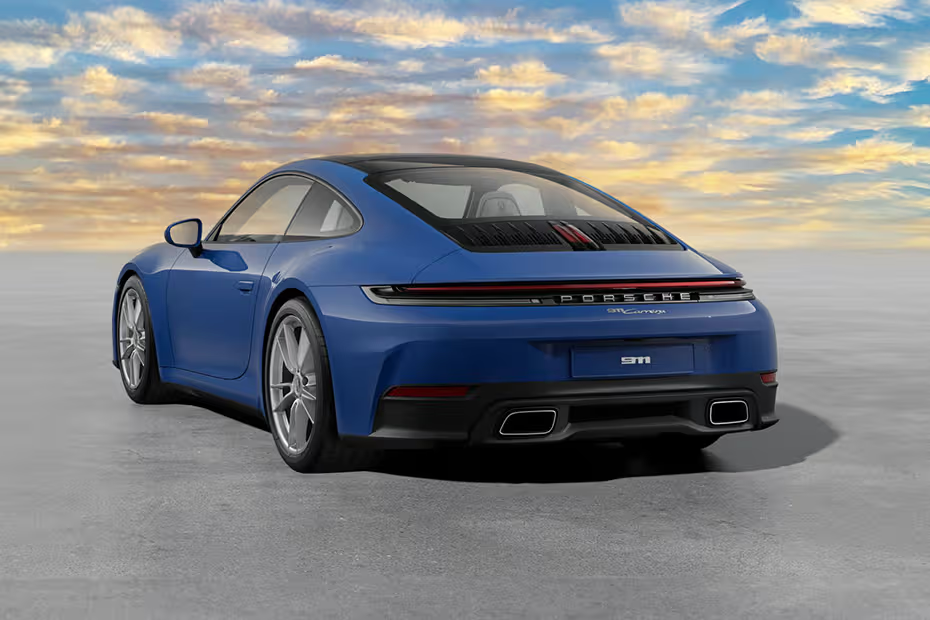
Modern Porsche 911 Variants: Pick Your Poison
Not all 911s are equal—Porsche offers a lineup for every thrill-seeker:
- Carrera & Carrera S: Entry-level icons (379–443 hp). Perfect daily driver with pop-up spoilers.
- Carrera T: Manual-only purist special, stripped for weight savings.
- GTS: Mid-tier muscle (473 hp) with sportier suspension.
- Turbo & Turbo S: All-wheel-drive missiles (572–640 hp) for straight-line dominance.
- GT3 & GT3 RS: Track weapons (502–518 hp), no back seats, massive wings.
- GT2 RS: The widowmaker reborn (700 hp in Clubsport trim)—Nürburgring king.
Special editions like the 911 Dakar (off-road ready with 3.2 inches of lift) show Porsche’s playful side. Pricing starts at $120,000 new, but wait for the used Porsche 911 market—996s go for $30K, offering 80% of the fun at 20% of the cost.
Why the Porsche 911 Endures: More Than a Car, It’s a Lifestyle
In a world of crossovers and EVs, why does the Porsche 911 thrive? Reliability (Porsche tops J.D. Power charts), resale value (a 10-year-old holds 70% of MSRP), and community. Join a PCA (Porsche Club of America) event, and you’ll find lifelong bonds over track days and coffee.
It’s also green-ish: The 992 gets 25+ mpg highway, and hybrids are coming. Environmentally, Porsche recycles more than most. Culturally? From Top Gear raves to James Bond’s Spectre cameo, it’s pop culture royalty.
Challenges? High maintenance (expect $2K oil changes on Turbos) and theft risk (use a Faraday pouch for keys). But that’s the price of passion.
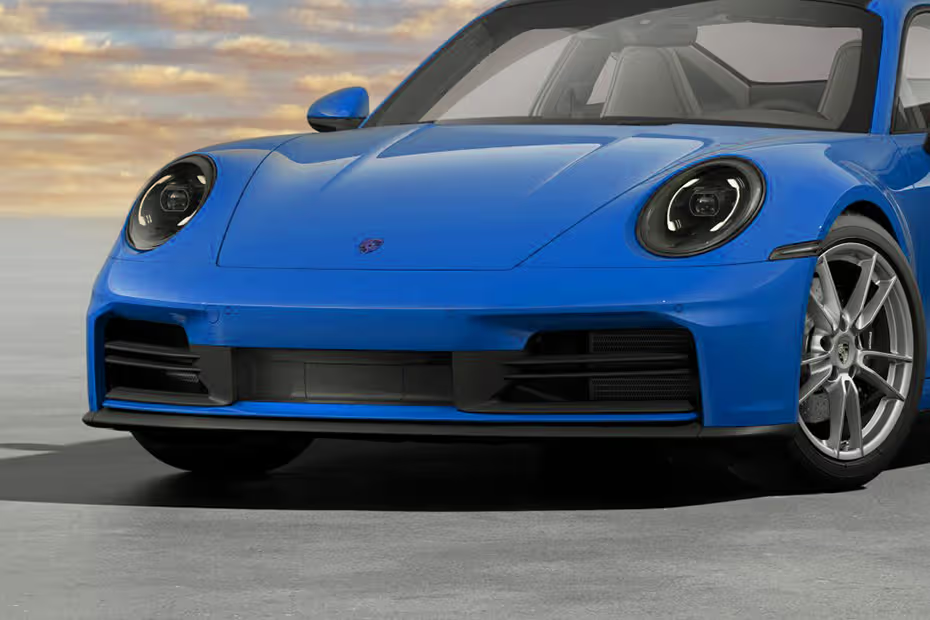
Buying a Used Porsche 911: Smart Tips for New Owners
Dreaming of your own? Here’s a Porsche 911 buying guide:
- Budget Check: $25K–$50K for 996/997; $100K+ for air-cooled gems.
- IMS Bearing Scare: Avoid early 996s without the fix (Porsche’s engine weak spot).
- Pre-Purchase Inspection (PPI): Spend $500 at a specialist—saves thousands.
- Mileage Myth: Low miles are nice, but driven 911s are happier than garage queens.
- Mods Wisely: Factory upgrades hold value; wild tunes don’t.
Top picks for beginners: 997 Carrera S (bulletproof) or 991.2 GT3 (modern classic).
Final Lap: The Porsche 911’s Unstoppable Legacy
The Porsche 911 isn’t just surviving—it’s evolving, proving that true icons adapt without losing their spark. From Ferdinand Porsche’s sketches to hydrogen prototypes on the horizon, it’s a testament to German ingenuity and driver obsession. If you’re in the market, test-drive one. That first roar? Unforgettable.
What’s your favorite Porsche 911 model? Drop a comment below—we’d love to hear your stories. For more auto adventures, check our guides on Porsche Cayenne vs. 911 or best sports cars under $50K. Safe drives!
Frequently Asked Questions (FAQ) About Porsche 911
1. Is the Porsche 911 worth buying?
Yes, the Porsche 911 is worth buying if you want a luxury sports car that offers world-class performance, timeless design, and high resale value. It’s one of the most reliable and iconic sports cars in the world.
2. What is the top speed of the Porsche 911?
Depending on the model, the Porsche 911 can reach a top speed of over 330 km/h (205 mph), with the Turbo S being among the fastest.
3. How much does a Porsche 911 cost?
The Porsche 911 price starts at around $120,000 (₹1.7 Crore in India) and can go up to $250,000 (₹4 Crore+) depending on the variant and customization.
4. Which Porsche 911 is the fastest?
The Porsche 911 Turbo S is one of the fastest, accelerating from 0–100 km/h in just 2.7 seconds with a top speed of around 330 km/h.
5. Is the Porsche 911 a daily driver?
Yes! Unlike many supercars, the Porsche 911 is practical and comfortable enough to be used as a daily driver while still delivering thrilling performance.
6. What are the competitors of Porsche 911?
Some of the main rivals of the Porsche 911 are the Audi R8, Aston Martin Vantage, Mercedes-AMG GT, and Ferrari Roma.

